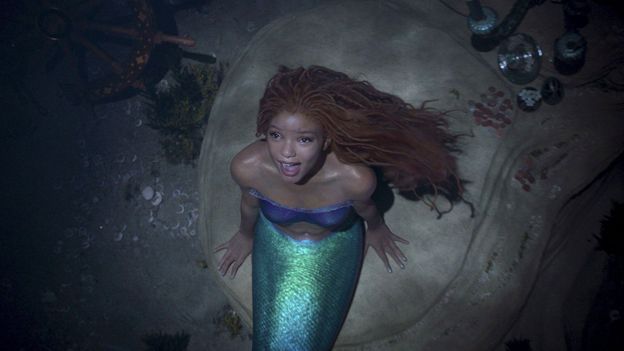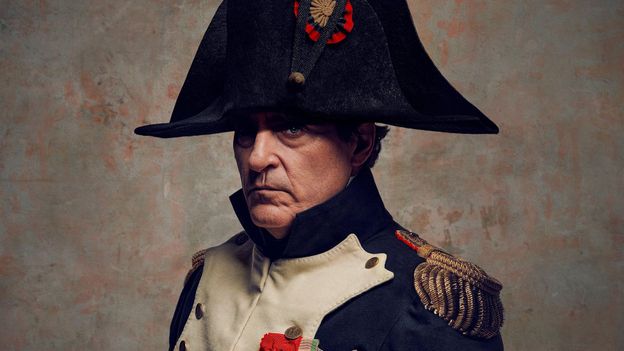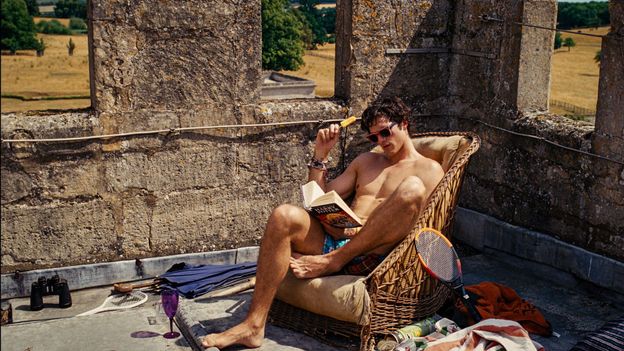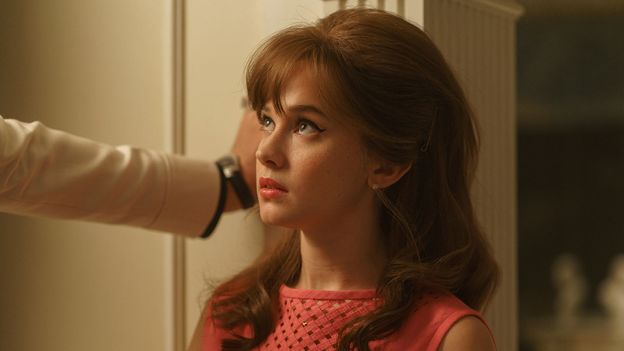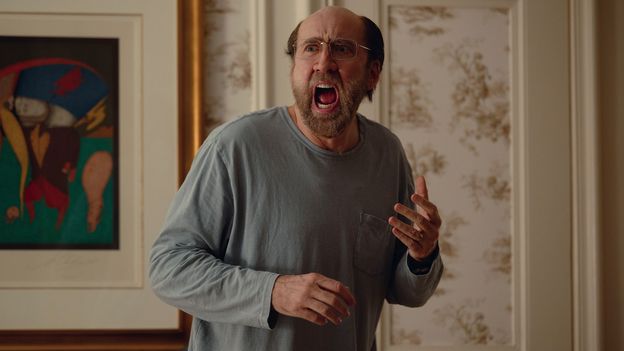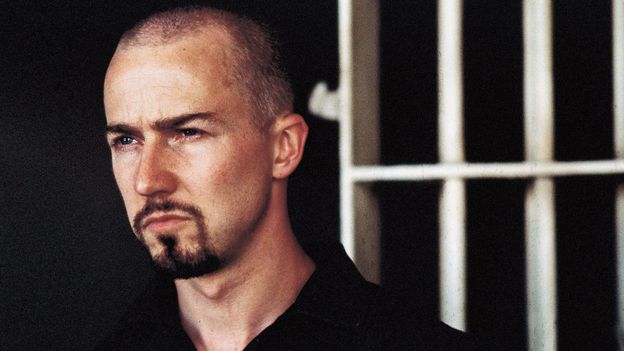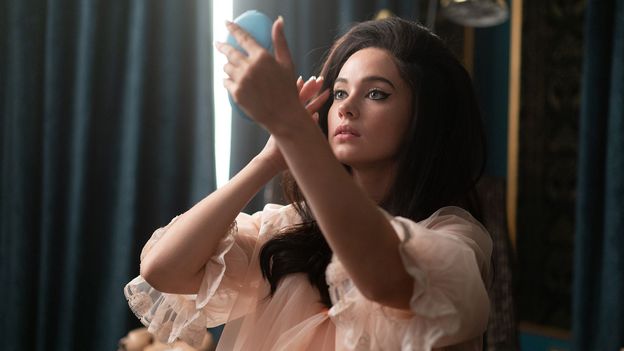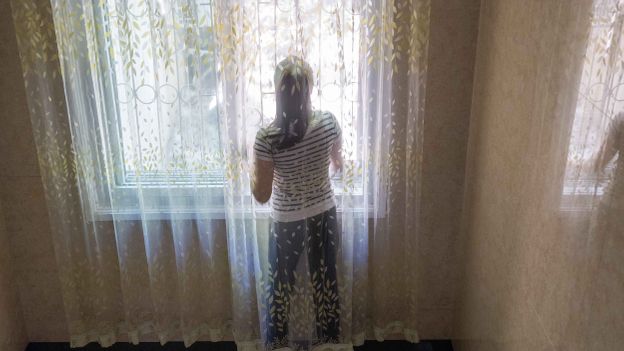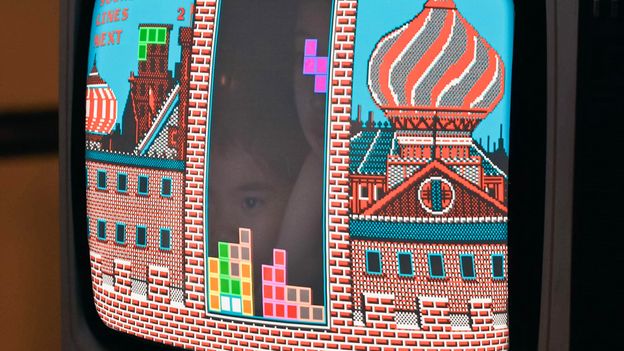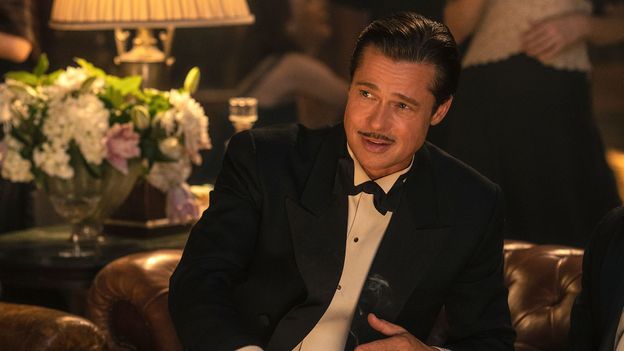But why should they want their work to look as if it was shot during a solar eclipse? One reason is that, for the past decade, Hollywood has been dominated by science-fiction and fantasy – genres that are often associated with big, bold colours and campy fun. Directors have reacted against that stereotype by making their own blockbusters grimmer and grittier in tone, with a 50-shades-of-grey aesthetic to match. Similarly, directors are distinguishing their live-action Disney films from the studio’s classic cartoons by giving them more naturalistic lighting. They want us to know that, even if they’re telling stories about flying children and singing crabs, they’re telling serious, mature stories about flying children and singing crabs.
This mean and moody approach felt thrilling for a while, but, judging by the online response to The Little Mermaid and Peter Pan & Wendy, we’re ready for directors to shout, “Let there be light!” After all, we have enough bleakness to deal with in the real world. Maybe it’s time for Hollywood to once again glory in the colour and brightness offered by science-fiction and fantasy, and give us some Superman and Star Wars films that really scorch the retinas. As the saying goes, it’s always darkest before the dawn.
The Little Mermaid is released in the UK and US on 26 May
Love film and TV? Join BBC Culture Film and TV Club on Facebook, a community for cinephiles all over the world.
If you would like to comment on this story or anything else you have seen on BBC Culture, head over to our Facebook page or message us on Twitter.
And if you liked this story, sign up for the weekly bbc.com features newsletter, called The Essential List. A handpicked selection of stories from BBC Future, Culture, Worklife and Travel, delivered to your inbox every Friday.

